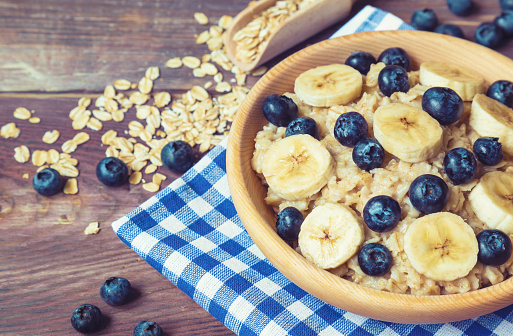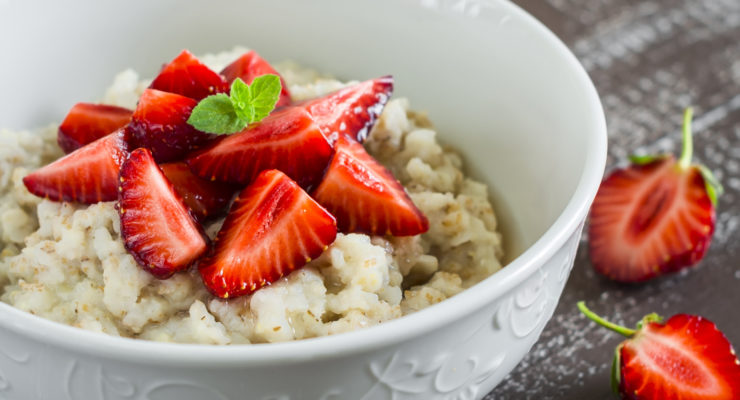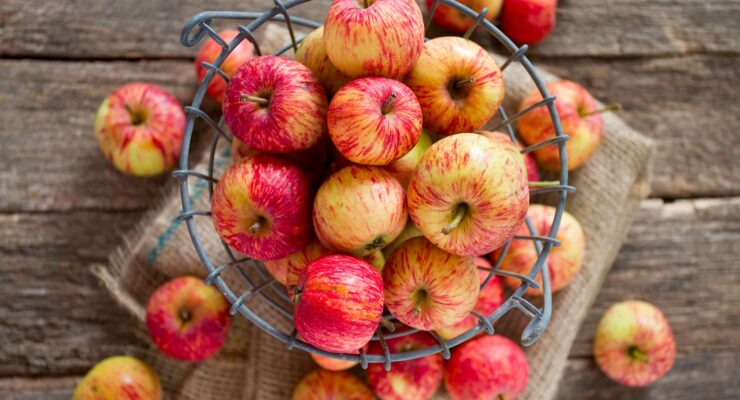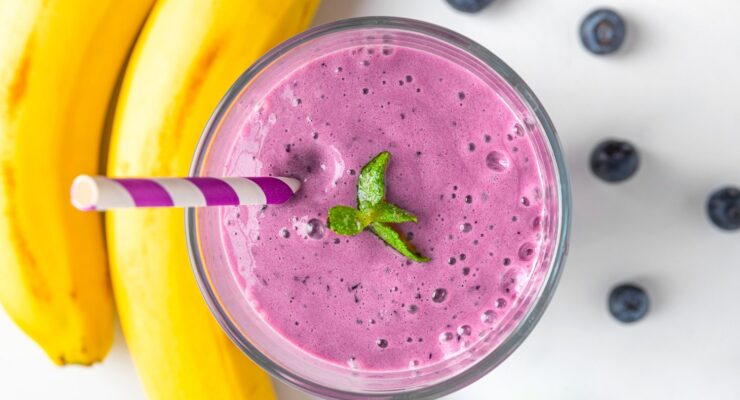Oat Milk: Everything You Need to Know About the Hot New Trend
Article posted in: Diet & Nutrition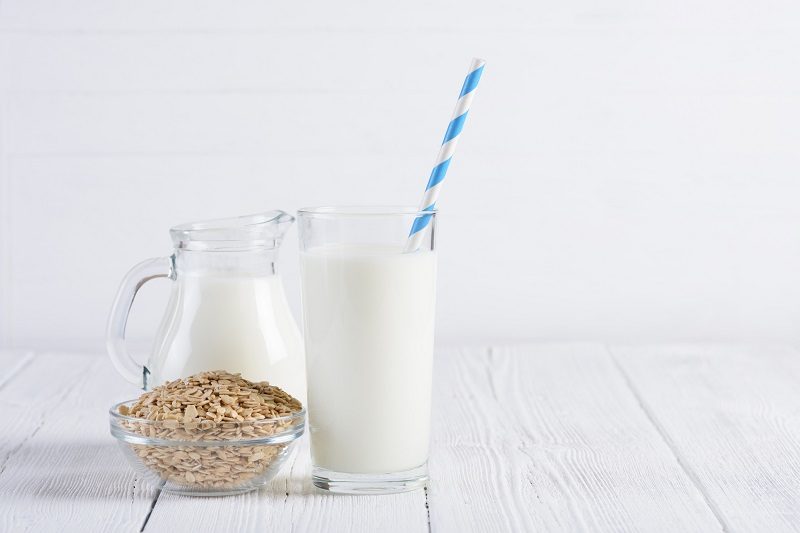
Like so many other things, milk used to be very simple. It came from cows and you had just one option—whole milk. Low-fat and skim (non-fat) milk were introduced for consumers who wanted fewer calories and saturated fats in their diets, according to Oatly. In the 1990s, soymilk attracted people who preferred to avoid dairy products altogether. More recently, almond and coconut milk have become popular choices for healthy eaters. Now there’s oat milk. Never heard of it? Don’t worry: We’ve got the skinny on this hot new healthy eating trend.
Here is everything you need to know about the trendy alternative to dairy—oat milk:
1. What is it?
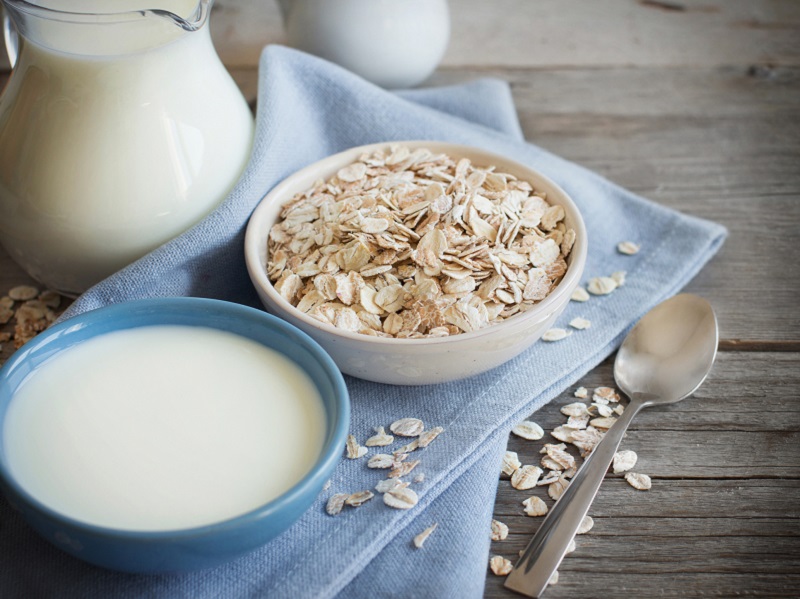
Oat milk is made by soaking whole grain oats in water for hours to infuse the liquid with their nutrients. The mixture is blended, then strained to remove any pieces of solid grains that are left. The result tastes a bit like the sweet, creamy layer that forms on top of freshly made hot oatmeal. Oat milk’s texture is thinner than dairy milk, but because oats absorb water more readily than almonds, the milk is naturally creamier than nut milk.
Most sources say that oat milk originated or first became popular in Sweden, where it is widely used in coffee shops. Oat milk is just beginning to show up in stores here, where it’s sold in the refrigerated section alongside other kinds of milk and in shelf-stable packaging on grocery shelves, too. It’s also very easy and economical to make yourself—more on that coming up!
2. Why drink it?

For people who are allergic or intolerant to dairy products or nuts, oat milk is a good substitute for other kinds of milk. In fact, it’s really an appealing option for everyone who likes milk and wants to reduce the amount of saturated fat they consume.
Nutritionally speaking, oat milk is a healthy drink for all of us, especially those who are trying to lose weight. In a one-cup serving, you get 120 calories, 0.5 grams of total fat, no saturated fats, two grams of fiber, and three grams of protein, according to the United States Department of Agriculture (USDA). That’s less protein than you get from dairy or soy milks, but a bit more than is found in almond or coconut milk. Oat milk has more fiber than any other kind of milk—fiber keeps you feeling full longer after you eat.
Oats are naturally rich in B vitamins and minerals such as magnesium and zinc. Like with soy and nut milks, some manufacturers add calcium and vitamin D to oat milk products, as they are nutrients many of us get from dairy milk.
3. How do you use it?
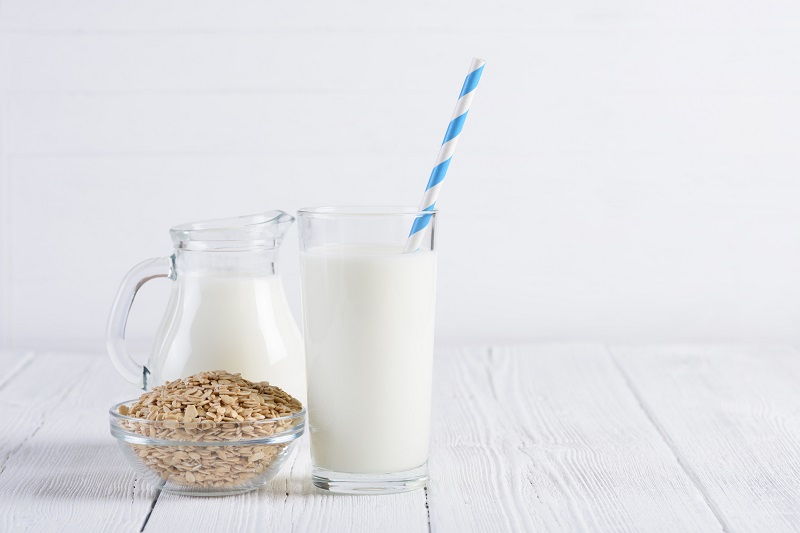
You can drink a cold glass of oat milk or heat it up with cinnamon for a soothing warm beverage when you want to relax. You can pour oat milk onto your favorite breakfast cereal or use it to lighten up cups of black coffee. Oat milk makes a nutritious, low-calorie base for smoothies. You can also use it as a substitute for dairy products in pancakes, baked goods or other recipes that call for milk. Try it in your favorite mashed potato recipe or as the foundation of a light, creamy soup.
4. How do you make it?
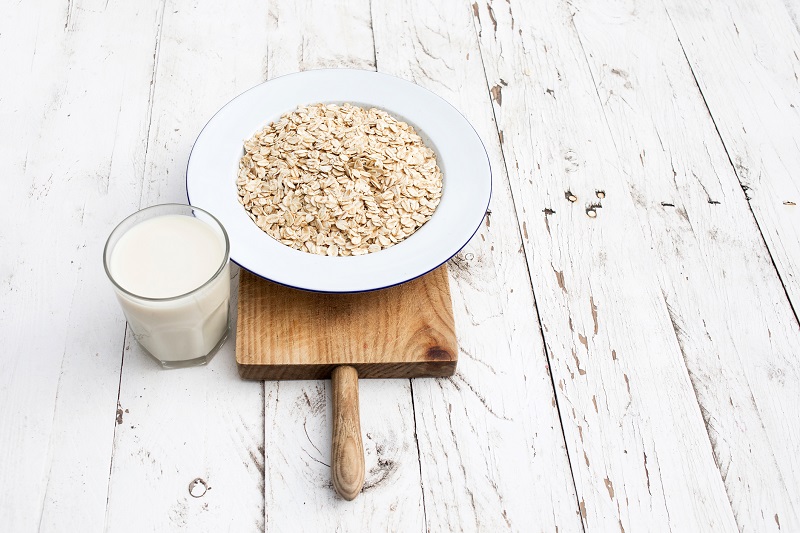
While packaged oat milk is becoming more widely available, it’s very simple to make your own, which costs significantly less than other types of milk. Simply combine one part whole grain oats with two parts water in a bowl, cover with plastic wrap, and let it sit on a counter or table overnight so the grains absorb the liquid and soften. (If you like a thicker texture, you can slightly increase the ratio of oats to water.) The next day, pour the mixture into a blender and pulse on high power until the liquid is mostly smooth.
Strain the blended oat milk through a cheesecloth or fine mesh to separate the liquid from any remaining solids. You can heat and eat the leftover solids as a hot cereal. Store any oat milk you don’t use right away in an airtight container in the refrigerator for up to four days. The water and oats may separate in storage, so shake it well before you use it. Make it once and you’ll see how oat milk can be a valuable new ingredient in your healthy diet.

